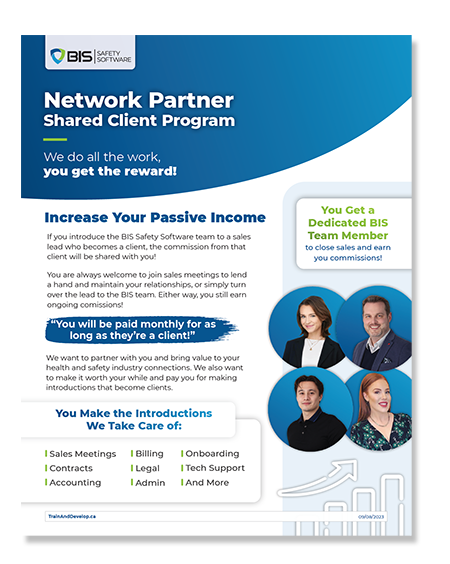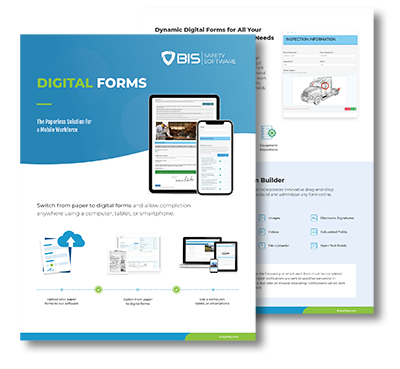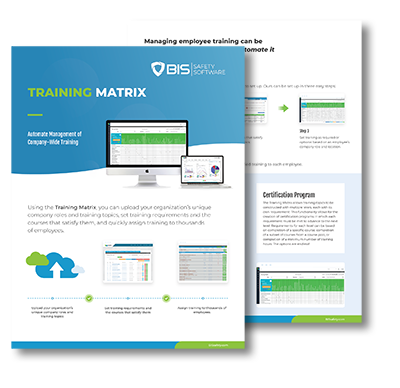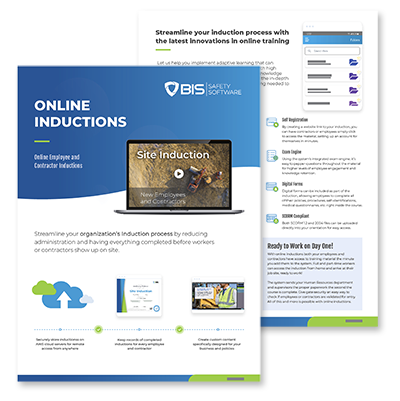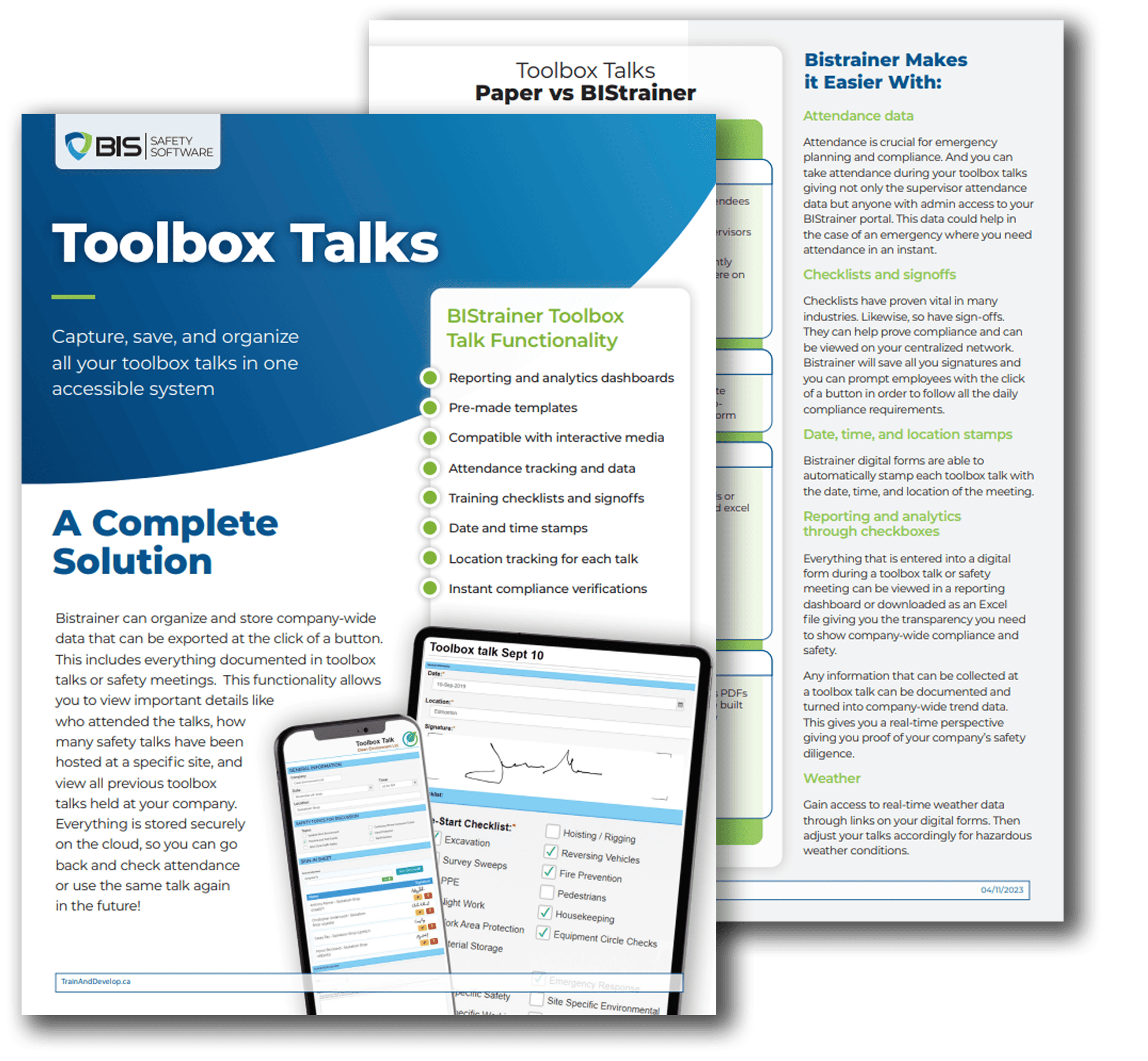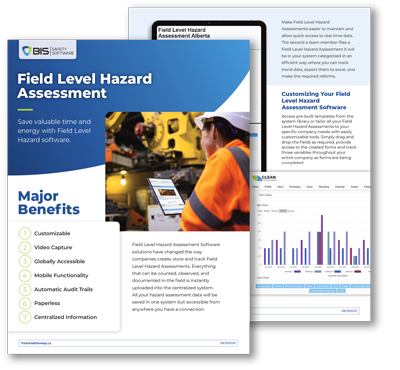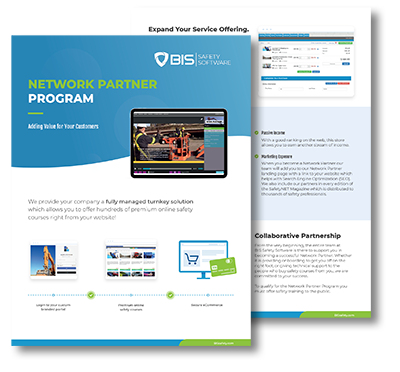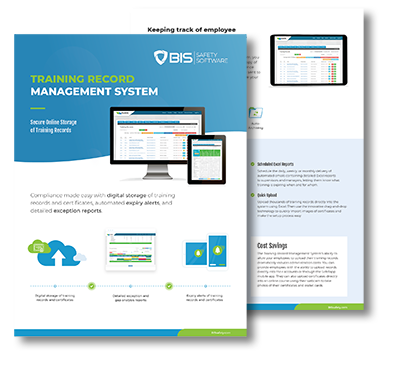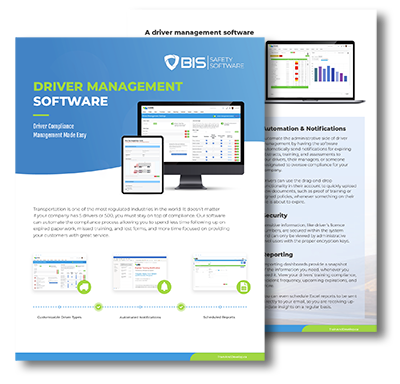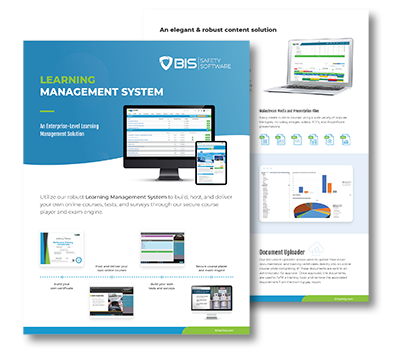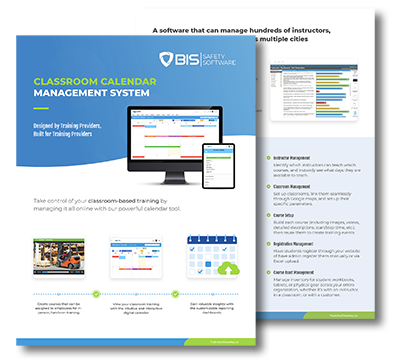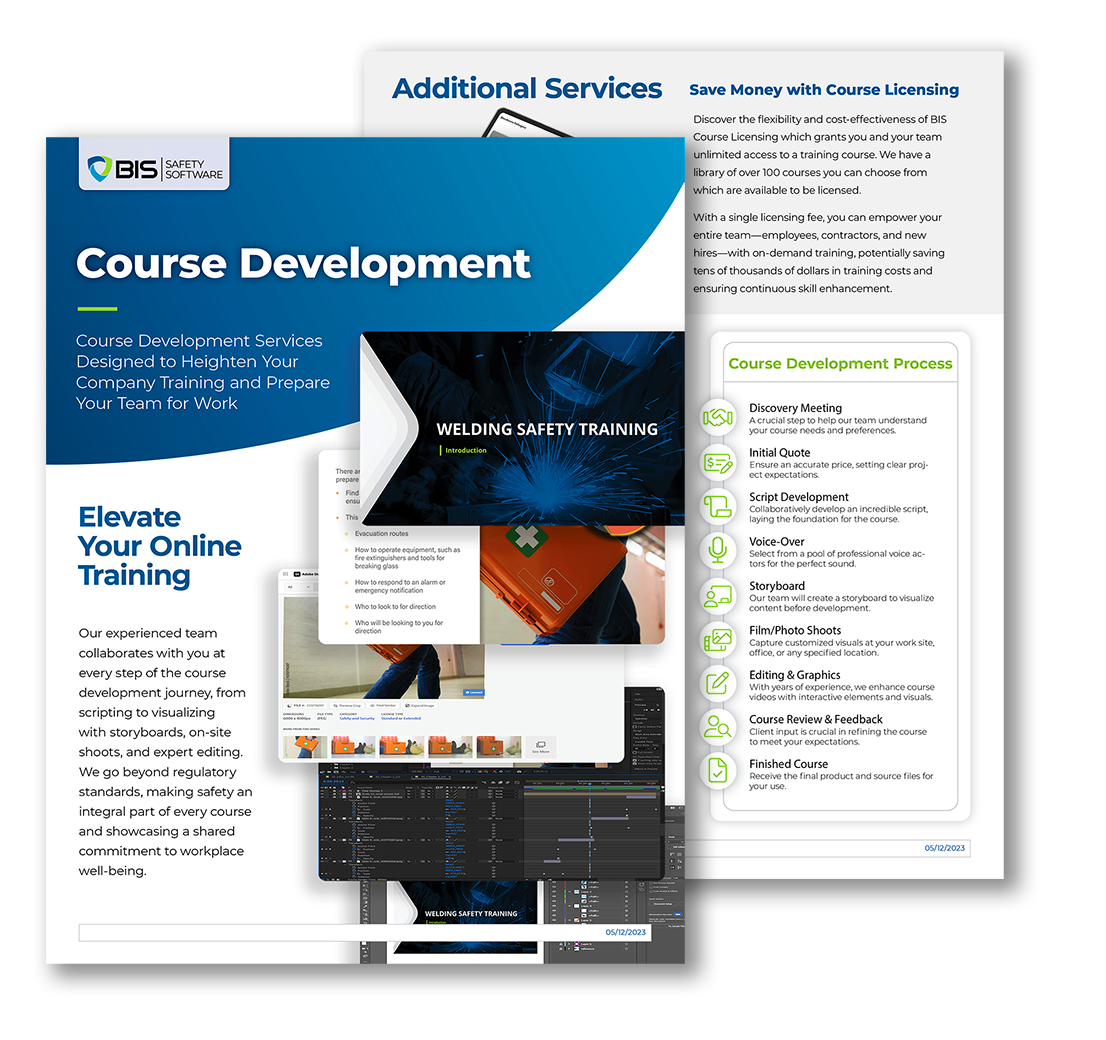Every company has a safety culture, whether they’ve built it intentionally or not. And usually, that culture fits into one of three buckets: the really solid ones, the checkbox-driven ones, and the ones where safety’s barely even on the radar.
If you’re leading a team—or a company—it’s worth asking: which bucket are we in?
1. When Safety Culture’s in the Danger Zone
Let’s start with the worst-case scenario: organizations where unsafe behavior is common, and excuses come standard. You’ll hear things like:
- “It’ll be fine, I’ve done this a hundred times.”
- “It’s just for a second.”
- “The gear slows me down.”
- “I forgot.”
These are red flags. Not just for compliance, but for culture. When that mindset is tolerated—or worse, ignored—it’s only a matter of time before something goes seriously wrong.
Ted Lane, a seasoned OH&S officer who’s investigated hundreds of serious workplace accidents, says about 80% of the cases he’s seen could’ve been avoided entirely. And we’re not talking complex fixes—most involved simple hazards that weren’t dealt with.
That’s not just failure—it’s missed opportunity. Because in every one of those cases, someone knew better. They just didn’t act.
2. When Safety Is All Policy, No People
Then there are the companies that technically “do safety.” The policies are there. The rules are posted. But the focus is on compliance, not people. Employees are told what to do but not why—and over time, that disconnect builds apathy.
Darryl Chipman from CASCA puts it well: “You can see it as soon as you switch to the safety topic. People disengage. They think, ‘Yeah, yeah. We know, we know.’”
In these cultures, safety gets treated like paperwork. It’s a barrier, not a benefit. And while that might check a box for liability, it does very little to actually protect people—or to get them engaged in making the workplace safer.
3. When Safety Actually Works
And then, there are the organizations where safety isn’t just a program—it’s how things get done.
Look at Alcoa under Paul O’Neill’s leadership. When he became CEO in 1987, his first message to shareholders wasn’t about numbers. It was about injuries.
“Every year, numerous Alcoa workers are injured so badly that they miss a day of work. That’s not good enough. I want Alcoa to be the safest company in America. I intend to go for zero injuries.”
That kind of leadership didn’t just change a policy—it changed a mindset. Investors were skeptical at first, but the results? They speak for themselves. By the time O’Neill retired, Alcoa’s profits had multiplied fivefold, the company’s value had surged by $27 billion, and injury rates had dropped dramatically.
O’Neill understood something crucial: when people know you care about their well-being, they care more about their work. Safety builds trust. Trust builds performance.
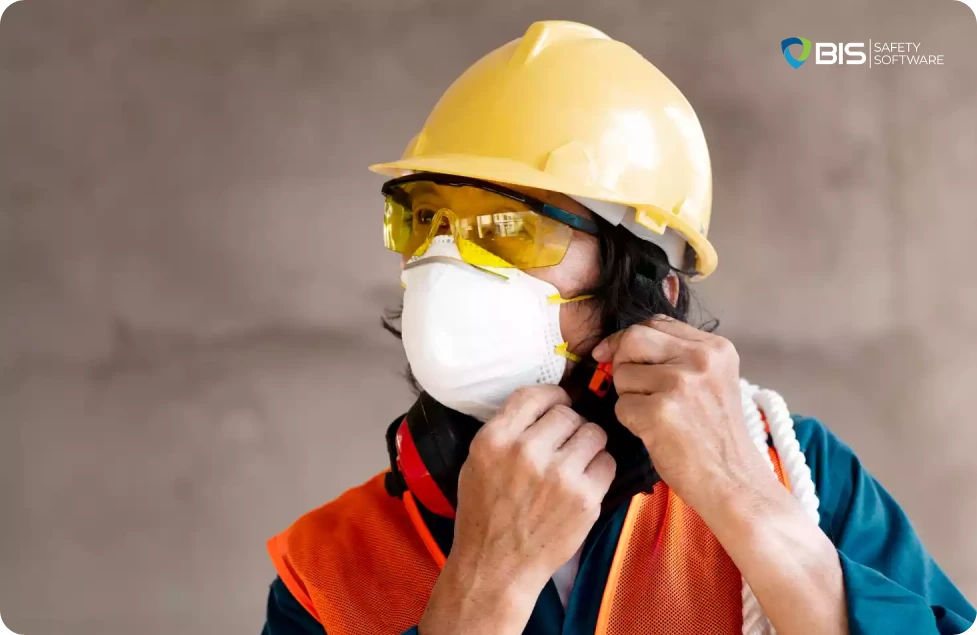
So… Where Do You Stand?
Most organizations aren’t all bad or all good—they’re somewhere in between. Maybe you’ve got the policies, but not the buy-in. Maybe you’ve got leadership support, but not full worker engagement. That’s okay. The point isn’t to be perfect—it’s to be aware, and to get better.
Real safety culture is about consistency, communication, and care. It’s not just about avoiding penalties—it’s about building an environment where people feel valued, responsible, and ready to speak up.
When that happens? Safety stops being something you have to do—and becomes part of who you are as a company.
Additional Articles

How to Utilise a Training Matrix, and Its Role in Enterprises
A training matrix was built for growth, skill management, and training your team to those competitive safety and productive levels required for modern business. Today, let’s talk training matrices. … Read More
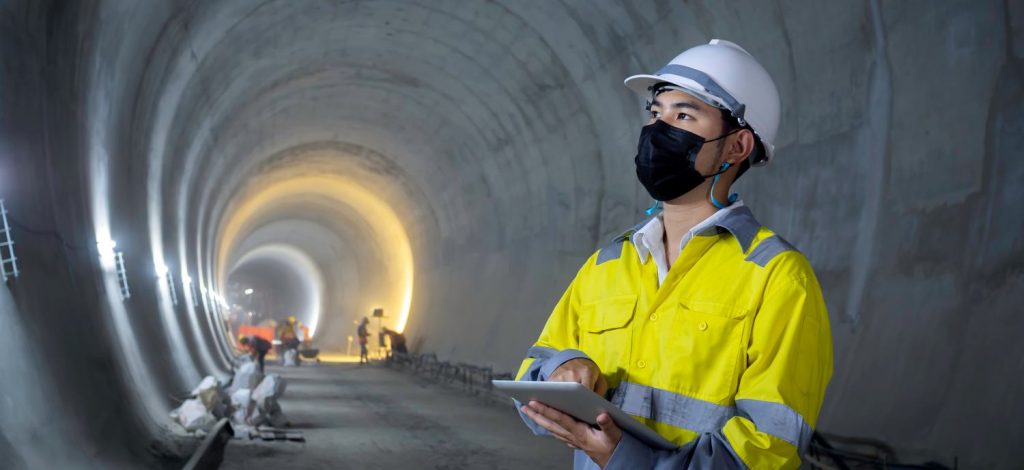
How to Calculate a Total Recordable Injury Frequency Formula
Use this formula to create and explore your own Total Recordable Injury Frequency (TRIF) and measure your EHS! … Read More






